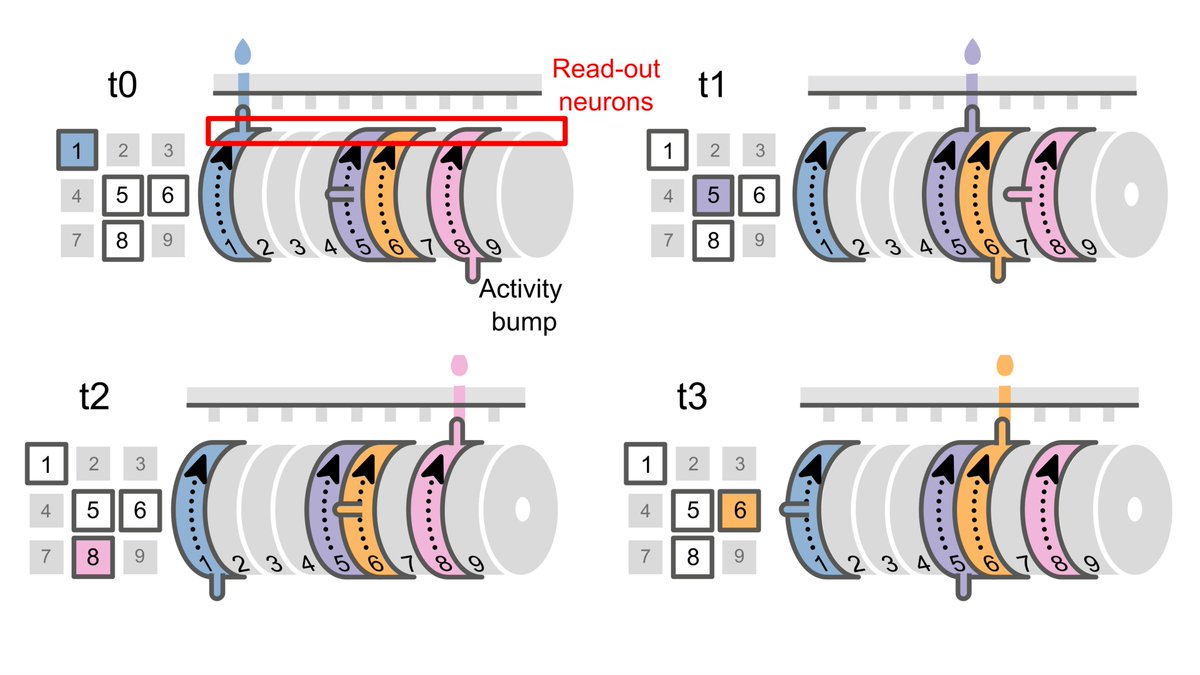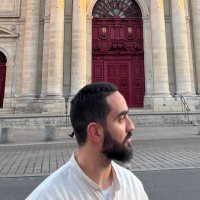
Michael Lohse
@lohseneuro
Neuroscientist. Sir Henry Wellcome Postdoctoral Fellow at the Sainsbury Wellcome Centre/UCL, Champalimaud Centre for the Unknown, and Stanford University
ID: 1018092092327940097
https://mstdn.social/@MichaelLohse 14-07-2018 11:17:24
91 Tweet
286 Takipçi
96 Takip Edilen


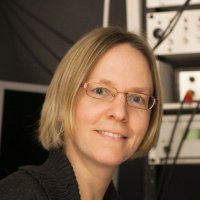

Applications now open! Join the SWC PhD Programme 2025 🧠 World-class training in systems neuroscience 💰 Fully-funded 4-year programme 💂 Based in London with close links to Gatsby Computational Neuroscience Unit Learn more and apply by 11 Nov: sainsburywellcome.org/web/content/ph… #PhD #Neuroscience
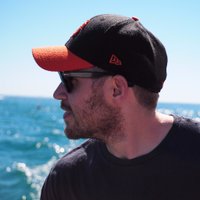

Will you be at #SfN24? Stop by our posters and talks! Stay tuned for more details 👀 Society for Neuroscience (SfN)
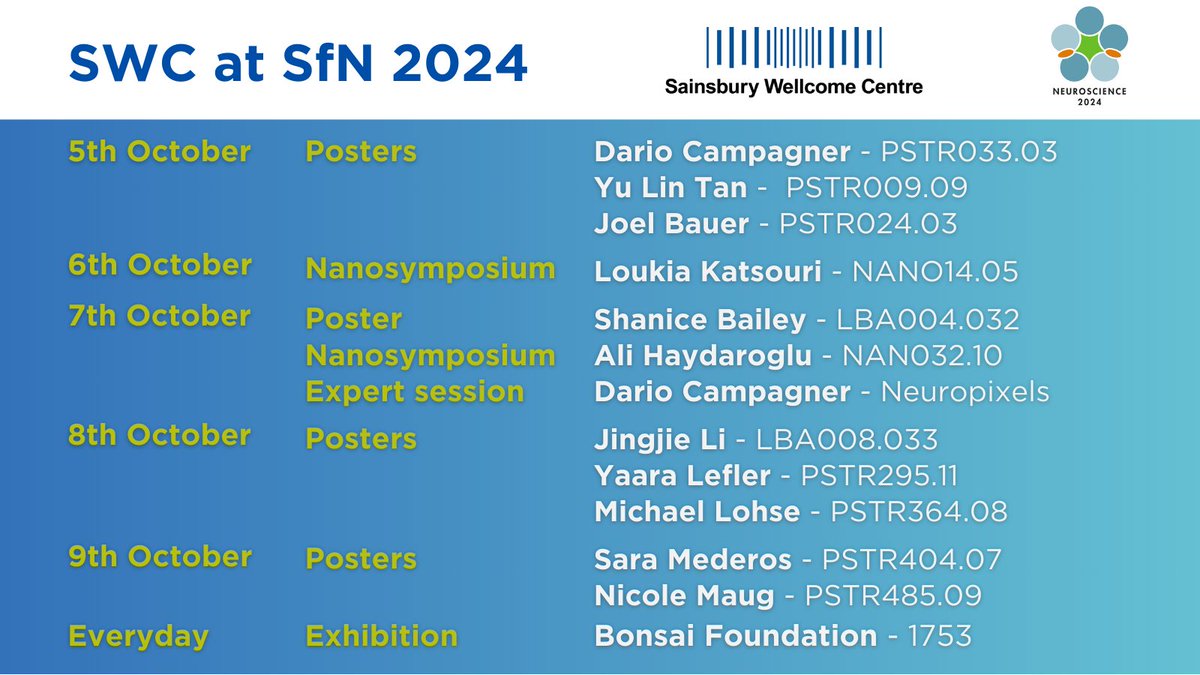

Come and hear about our research! Today, Michael Lohse, Jingjie Li and Yaara Lefler are all presenting posters at #SfN24


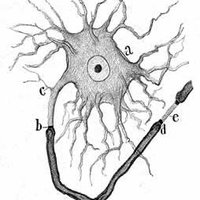
📢 Opportunity Alert! We have two open PhD positions in our lab at PDN Cambridge starting in Autumn 2025. Exceptional candidates may have the opportunity to join earlier as RAs and receive PhD funding if scholarship applications are unsuccessful. Advert: keshavarzilab.com/blog/phd-posit…


Neuroscientists at SWC (@UCL) and Nuffield Department of Clinical Neurosciences (University of Oxford) reveal how brain cells form a coordinate system for behavioural sequences. Read the news ⬇️ sainsburywellcome.org/web/research-n…
